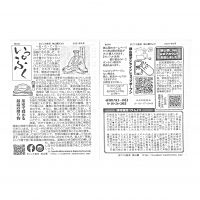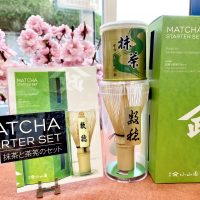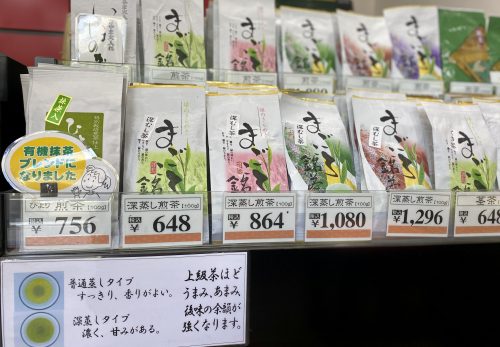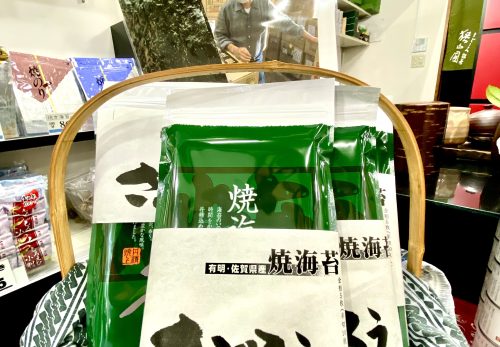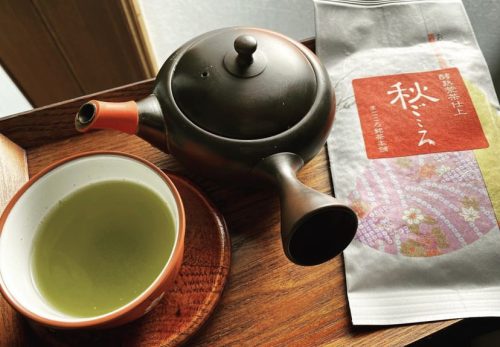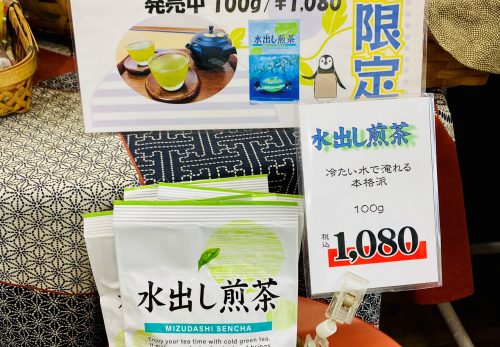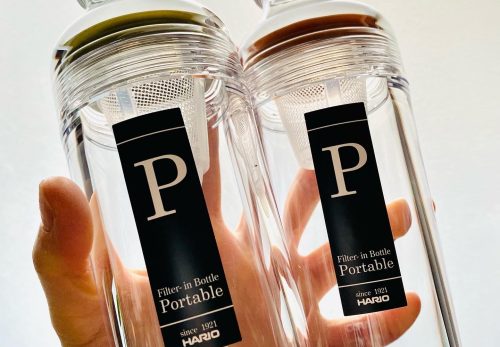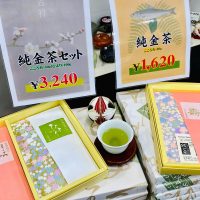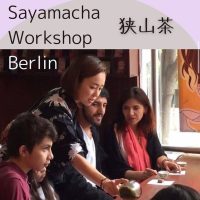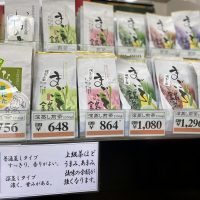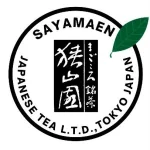茶カテキンはポリフェノールの一種で、お茶に特有の成分です。苦味の成分のもとではありますが、抗酸化作用、体内の活性酸素を減らし生活習慣病の予防にもなるといわれています。
茶カテキンには、いくつかの種類がありますが、その中でも特に抗酸化作用が強いのがエピガロカテキンガレートです。(EGCG)やストリクチニンがウイルスに作用し、緑茶の飲用、緑茶でのうがいはインフルエンザ予防などに役立ち、緑茶に含まれる成分、エピガロカテキン(EGC)は粘膜免疫系の働きを良くし、病原体の侵入を防ぐ効果があるそうです。
ウイルスのスパイクが喉の粘膜などにくっつくのをこのカテキンがバリアしてくれるというわけですね。
でも同じお茶でも、水出しのお茶や急須で淹れたお茶というように、お茶の淹れ方でカテキンの量は変わるんでしょうか?実は、お茶を淹れるお湯の温度や時間によって、お茶の持つ成分の溶け出し方が変わります。抗炎症作用や、抗がんに威力を発揮すると言われるEGCGカテキンは高い温度で抽出されやすいので、より高い温度のお湯を用いることでカテキンをたくさん含んだお茶を淹れることができます。逆にEGCという免疫系の働きをよくするカテキンは低温で特に出やすいという研究結果が出ていますので、水出しの冷茶でも普段からの免疫力向上にもGOOD!
狭山園の 特別栽培茶ひより や、ふりふり抹茶 すっぴんちゃん の生産地、静岡県の掛川市では静岡県の中でも特に長寿の方が多く、掛川ならではの蒸し時間が長い「深蒸し茶」を淹れて、湯のみの底の粉までゴクゴク飲み干すのがポイントだということです。
Tea catechins are main components of astringency of tea which have powerful bactericidal action and serves a protective function from bacteria.
Kakegawa city in Shizuoka is such a famous place of major produced deep-steamed Fukamushi sencha.
Especiallly this Fukamushi sencha is manufactured to reduced complexion of pectin (complex polysaccharide contained in cell walls and middle leaves) and catechin by steaming raw tea medicine for a long time. doing. Viruses can’t grow on their own, so they need to parasitize our cells. There are protruding proteins (spikes) on the virus surface, which are used to infect cells such as the throat. Catechin is said to attach to these spikes and prevent the virus from adsorbing to cells and the spread of newly created viruses within infected cells. Catechin may act as a barrier to reduce contact.


